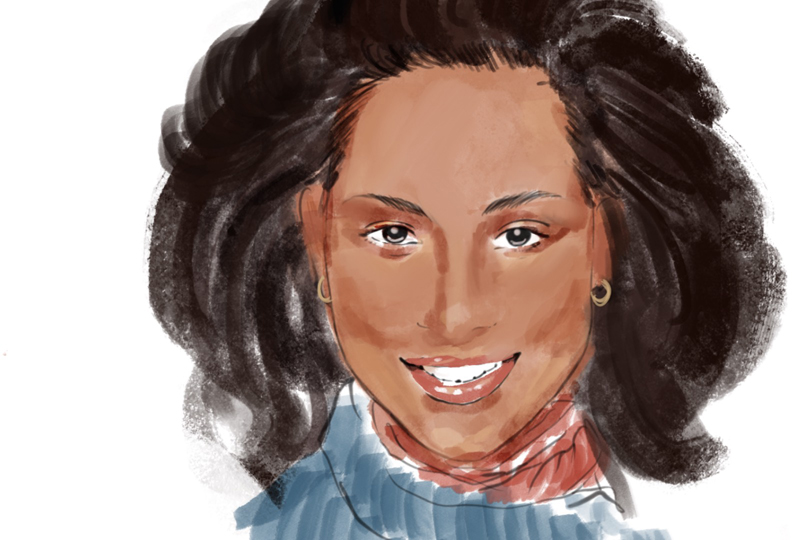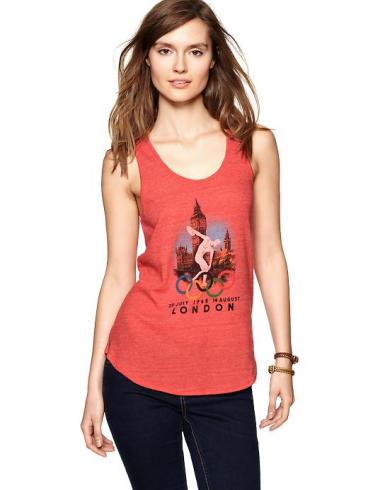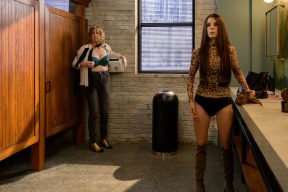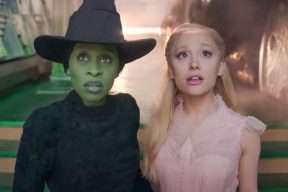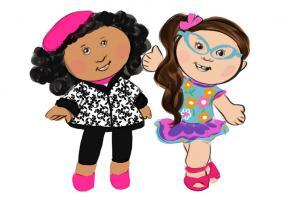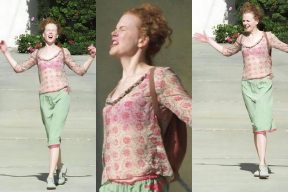Part of an ongoing series of 29Secrets stories, taking a deep dive into the history of legendary beauty products and iconic fashion moments…
By Christopher Turner
Illustration by Michael Hak
It’s been more than 50 years since Beverly Johnson made history as the first Black model to appear on the cover of Vogue. The then-22-year-old’s presence on the August 1974 cover of the American edition of Vogue magazine, in a beauty shot by famed photographer Francesco Scavullo, was a turning point both in her career and in the industry’s representation of Black women. Within a year, most fashion magazines had followed suit and almost every major American fashion designer had begun to use Black models in their advertisements and runway presentations. It wasn’t the only time Johnson would break down fashion barriers – a year later, she was the first Black model to grace the cover of Elle, and she went on to make Vogue’s cover on two other occasions.
Prior to Johnson’s historic Vogue cover, the first Black model to appear on any major fashion magazine was Donyale Luna, who died in 1979 before she was able to become a household name. A sketch of Luna appeared on the cover of Harper’s Bazaar in January 1965 and the following year, her face – at least part of it – graced the cover of the March 1966 issue of British Vogue.

The August 1974 issue of Vogue was a milestone for the magazine, the fashion industry and Johnson. At the time, the industry’s beauty ideals narrowly focused on models with blonde hair, blue eyes and fair skin, and that uniformity meant even the most minor idiosyncrasies (like the signature gap in Lauren Hutton’s teeth or Patti Hansen’s freckles) were considered shocking to readers.
Here’s the story of how Johnson kicked off her modelling career, manifested her Vogue cover, made history and helped change the fashion industry’s representation of Black women.
Early years
Beverly Johnson was born on October 13, 1952, in Buffalo, New York, in a mostly white neighbourhood to a middle-class family. The first of two children, Johnson was a competitive swimmer in high school and even came close to qualifying for the 1968 Summer Olympics in Mexico City, Mexico. After she graduated from Bennett High School in Buffalo in 1969, Johnson planned on becoming a lawyer and attended Northeastern University in Boston, on a full academic scholarship, to study criminal justice.
“I saw on television the civil rights movement and Martin Luther King [Jr.],” Johnson said in a 2014 CNN interview. “I remember that black and white television set and watching the [police] dogs attacking people. There was just something about the injustice of that that I wanted to address as a lawyer.”
After Johnson wrapped up her successful first year at Northeastern, she decided to follow the advice of her friends and give modelling a try, and that summer her mother, Gloria, accompanied her on a trip to New York City to meet with perspective agents. Johnson was initially rejected by a string of New York modelling agencies, but she did have one successful meeting with Alex Lieberman, the then editorial director of Condé Nast. It was through this meeting with Lieberman that Johnson landed her first modelling gig (without an agent) with Glamour magazine. That hired-on-the-spot modelling job ultimately inspired Johnson to put aside her passion for civil justice, ditch university and pursue modelling full-time. Little did she know that she would launch a civil rights movement of her own in the fashion industry.
Shortly after her Glamour gig, she was recruited and then signed by Ford Models, the illustrious modelling agency that was co-founded by Eileen Ford. A legendary figure in the modelling industry, Ford helped to shape a generation’s standards of beauty as she built an empire and launched countless careers.
“I had never been around a woman that wielded that kind of power,” Johnson told the New York Times after Ford passed away on July 9, 2014, at the age of 92. “She could close down a whole industry by not giving them any models.”
Johnson worked steadily for Glamour, appearing in countless fashion editorials. She began picking up runway work shortly after she signed with Ford in 1970, and was strutting the runway for Halston by 1973. But Johnson had bigger goals than walking the runway for one of the hottest designers of the time. She had dreams of appearing on the cover of American Vogue – but Ford, her mentor, told her it would never happen. “She said, ‘You’re doing all this other work for Glamour and you should count your lucky stars,’” Johnson told BBC in 2014.
An “audacious” dream
To say Johnson was driven during the early days of her modelling career would be an understatement. In fact, she knew from the very beginning what she wanted to achieve in her career: a cosmetics contract, the chance to write a beauty book…and a spot on the cover of Vogue.
“Being on the cover meant that you had won the Oscar; you had a gold medal,” Johnson told Vogue in 2021, reflecting on the cover. “That’s where I wanted to go. I wanted to be at the top of the profession. Not just the top Black model; I wanted to be the top model. Period.”
Some considered Johnson’s ambitions audacious – Ford told her such a feat would be unthinkable – but Johnson didn’t have time for haters. “[Eileen] said, ‘Who do you think you are,’ so I knew I was not going to get that cover there,” she says. “So I changed agencies.”
It’s true. After being told her Vogue cover would never happen, Johnson left Ford’s agency and joined Wilhelmina Models, the competing modelling agency founded in 1967 by Dutch-American model Wilhelmina Cooper. According to Johnson, when she first met the model-turned-agent, Cooper had her feet up on the desk, a cigarette in one hand and a slice of pizza in the other. They hit it off and Johnson signed with the agency.
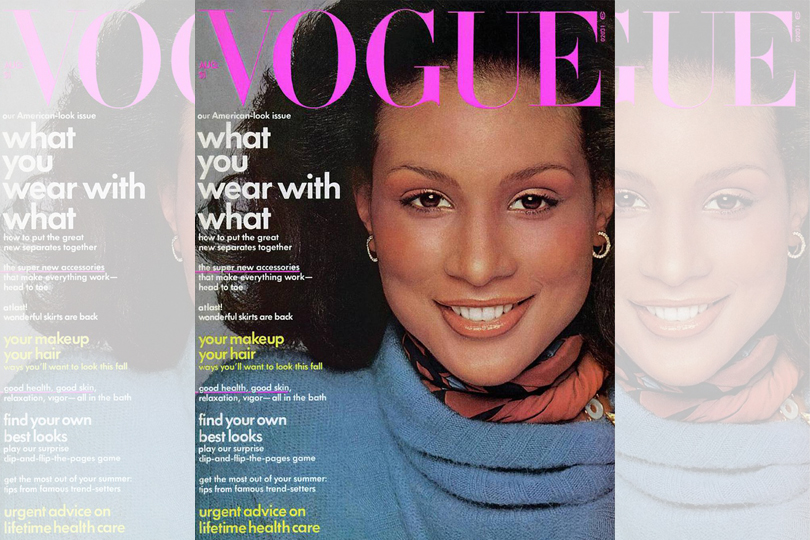
A cover dream made manifest
When famed fashion photographer Francesco Scavullo photographed Johnson for the August 1974 issue, no one was expecting to make history. “In those days, you never knew if you were on the cover until you were on the cover,” Johnson said on CBS Mornings in 2024.
The beauty shot had been assigned by fashion editors at the magazine and was approved for the cover by editor-in-chief Grace Mirabella, who oversaw radical changes to the magazine from between 1971 and 1988. Mirabella shifted the magazine to become a monthly publication in 1973 and implemented extensive editorial and stylistic changes to appeal to, in her words, “the free, working, ‘liberated’ woman of the seventies.” Of course, one of Mirabella’s most famous decisions was her call to use Johnson on the cover.
Johnson didn’t know that she would be gracing the cover until the morning the issue hit newsstands. Her agent called with the surprising news and she rushed to the newsstand, despite not having enough money to buy the magazine.
Looking back at the moment, Johnson has admitted that it took time for the realization to sink in that she had made history.
“It wasn’t until I was introduced as the first Black woman on the cover of Vogue that it hit me,” she said to CBS Mornings about understanding the responsibilities and implications of her groundbreaking role.
“I literally went and studied this whole thing about racism.… I didn’t know the depths of that. I used to watch the civil rights movement on my black and white television, and that’s why I wanted to become a lawyer. So the whole thing kind of collided,” she said.
Johnson may not have realized the impact of the cover initially, but others did. The editor of Glamour magazine – who had given Johnson her first break in the 1970s – called her the “Jackie Robinson” of modelling, and within a year almost every major American fashion designer had begun to use Black models on the runway and in their print advertisements.
Aftereffects
After she made history as the first Black model to cover American Vogue with the August 1974 issue, Johnson landed on the cover of the fashion bible a second time in June 1975 (shot by Francesco Scavullo) and again in January 1981 (shot by Richard Avedon).
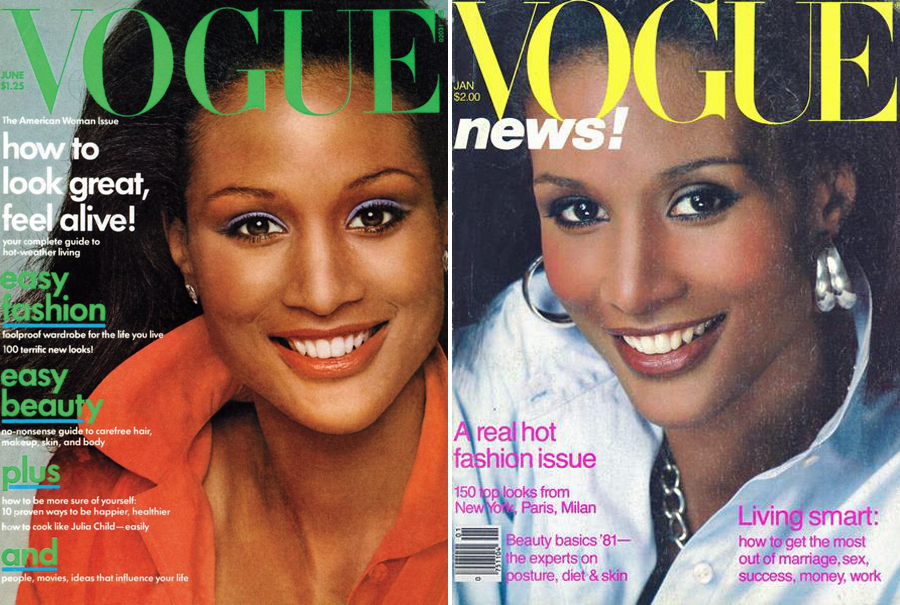
The Vogue cover was the first of many. A year later, Johnson was the first Black model to appear on the cover of Elle, and throughout her career she went on to grace more than 500 magazine covers. Johnson’s historic first earned her a place in history and gave modelling one of its biggest stars. The hype surrounding her groundbreaking cover turned Johnson into a celebrity in the late ’70s, and it was a position she didn’t take lightly, as she used her celebrity to champion civil rights causes and open doors for other Black models. She openly fought for fair compensation at a time when she and other Black models were paid less than their white counterparts, and she fought for Black makeup artists, hairstylists and photographers to have a place in the industry.
It’s been a never-ending battle. In fact, Johnson expanded on the racism she faced in the fashion world in a June 2020 opinion piece for The Washington Post, where reminded the fashion world that she has been “fighting for inclusion and equal pay” for the past 50 years.
“After my 1974 cover, I shot hundreds more, including two more covers for Vogue. I was the first Black model on the cover of French Elle. But my race limited me to significantly lower compensation than my white peers,” she wrote. “The industry was slow to include other Black people in other aspects of the fashion and beauty industry. I was reprimanded for requesting Black photographers, makeup artists and hairstylists for photo shoots. Silence on race was then – and still is – the cost of admission to the fashion industry’s top echelons.”
Johnson has appeared in countless advertising campaigns and fashion editorials throughout her modelling career, and even acted as a spokesperson for Avon cosmetics in the late ’70s. She’s also made a name for herself outside of the fashion world, as an actress on television and film, an author (including her 2015 memoir The Face That Changed It All: A Memoir) and an entrepreneur (she launched the Beverly Johnson Skin Care System in 1995 and the Beverly Johnson Hair Collection, created for Target, in 2012).
Notably, she wrote the 2014 Vanity Fair article “Bill Cosby Drugged Me, This Is My Story.” Johnson explained that she decided to break her silence after so many years following the many women, including her friend and fellow supermodel Janice Dickinson, who came forward to similarly accuse Cosby of sexual assault. The so-called “America’s Dad,” once a national treasure, sued Johnson for defamation after the article was released, but ultimately dropped the case as other accusations against him multiplied. The comedian was jailed for sexual assault, but that conviction has now been overturned.
In 2020, she developed the Beverly Johnson Rule to combat systemic racism in fashion. The directive suggests that corporations interview at least two people of colour for every C-suite position, to open doors at the highest echelons. “We know policies are made by the board of directors, and they pass it down,” says Johnson. “I don’t know what my legacy will be or what that will look like, [but] I’m a transformative person, a positive person, and I believe in people.”
More recently, she celebrated the 50th anniversary of her groundbreaking Vogue cover with her one-woman, off-Broadway show called Beverly Johnson: In Vogue. This intimate narrative of her journey in the fashion world, which was written by Johnson and Josh Ravetch, ran at the 59E59 Theater in New York City from January 9 through February 4, 2024.
During the show, a video is featured including a letter to the model from Ruth Whitney, the former editor-in-chief of Glamour magazine: “Your face on cover after cover after cover after cover really did finally change the way our white readers thought of Blacks.”
Change isn’t just about having someone in a campaign or on a cover, but Whitney’s words were a friendly reminder of Johnson’s historic first, and how it helped earn her a place in history and gave the fashion world one of its biggest stars, who helped to pave the way for so many who followed.
![]()
Want more? You can read other stories from our The Story Of series right here.

